The first two sustainable laboratories are from i3S
As part of the participation of the i3S GreenLab Initiative in the LEAF program, which aims to certify sustainable laboratories, two i3S laboratories (the first in Portugal), obtained bronze certificates and a third has already submitted to obtain certification. In this second year of integration in the initiative, the i3S management has decided to broaden participation to all interested groups.
LEAF (Laboratory Efficiency Assessment Framework, UCL) is a not-for-profit program available to research institutions that sets sustainability standards in laboratories. It aims to help researchers self-assess and implement sustainability actions to reduce costs and the environmental footprint of laboratories. i3S joined the program in early 2022 and, at the time, proceeded with the enrollment of three pilot units: two research groups - “Structural Biochemistry”, coordinated by João Cabral, and “Ageing and Aneuploidy”, led by Elsa Logarinho – and a scientific platform – “Cell Culture and Genotyping”, coordinated by Paula Magalhães.
The first group to guarantee the certificate was the laboratory led by Elsa Logarinho and the second was the scientific platform. “Obtaining this certificate was recognition of an effort that had already begun even before the registration of our platform in the LEAF. Our success is due to the team’s commitment to implementing established laboratory sustainability measures”, underlines Paula Magalhães. “The LEAF program can be easily implemented by any lab”, she adds.
LEAF recommends actions lab users can take to save on plastic, water, energy, and other resources. By participating in the program, laboratories reduce their carbon footprint and create an environment that supports quality research. Basically, explains Andreia Fernandes, “it is a program intended to change behaviors, some are easier to implement and others are more difficult”.
For example, “placing signs in the hoods to encourage closing the window after use or adjusting the settings of the computers to minimize the time until they go into hibernation and to reduce the brightness of the monitors are easy measures to implement and have an impact”, explains Isabel Amaral. But there are other guidelines that are a little more difficult to apply, such as: making a group decision about which equipment should be turned off at the end of each use, at the end of the day, or never and ensuring that the decision is followed; taking into account energy and material consumption when buying new equipment; or developing protocols for sample organization by departing laboratory members.

